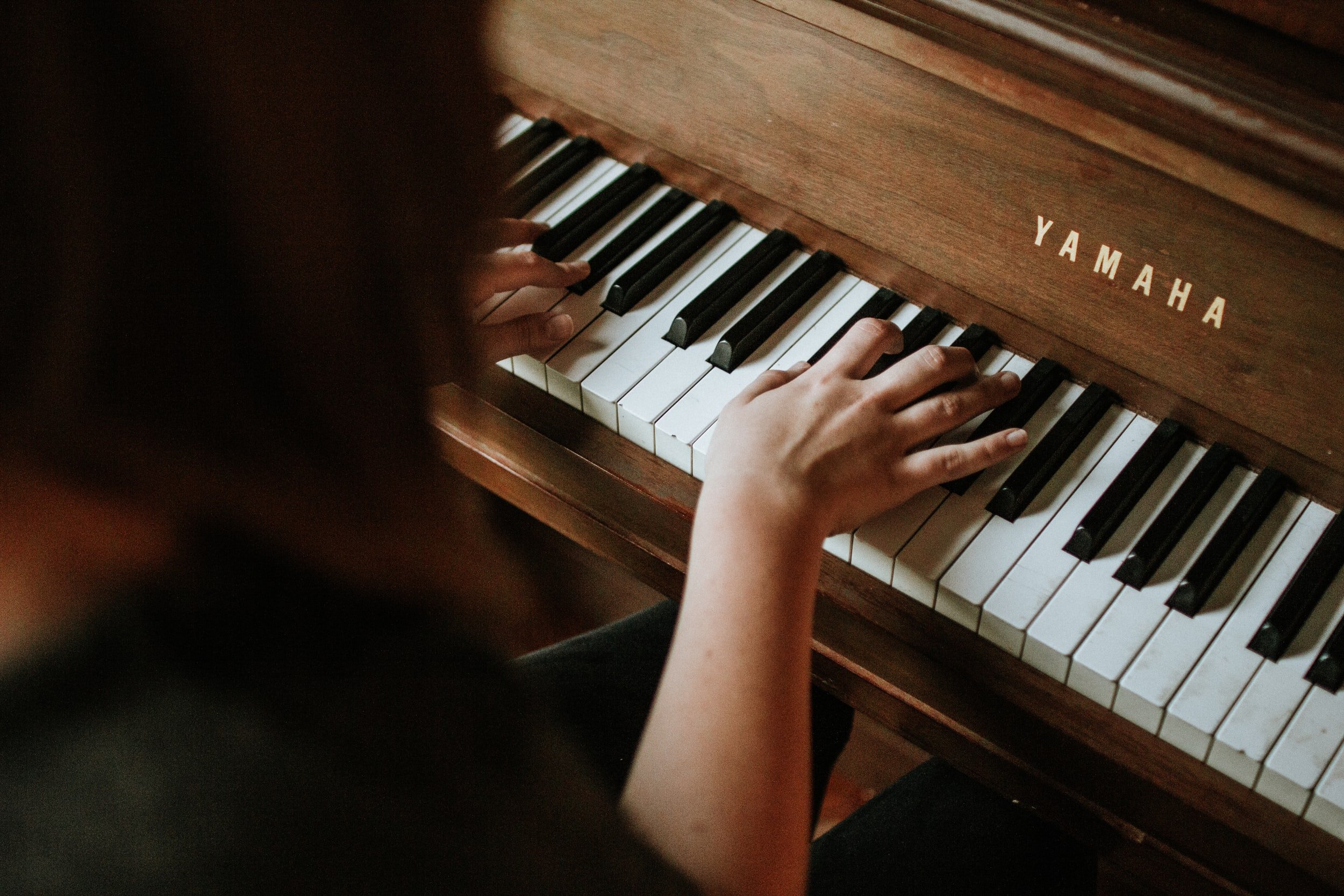With so many instruments out there, what are the best choices for a child to start their musical journey with?
Naturally, this is a highly personal choice with no right or wrong answer – but there are some general observations from musicians which are helpful to keep in mind.
Formal lessons in music are often discouraged by professionals and music teachers for preschool children in just the same way teachers do not deliver highly structured formal lessons for reading, writing, and arithmetic – it is much better for very young children to be introduced to music through play and experimentation with noise and sound.
As your child begins more formal education, selecting an instrument to learn on becomes a better idea – around five or six is often thought to be the youngest a child should be to start gaining any benefit from lessons. For music lessons to be effective, a child needs to be old enough to have an interest and be willing to start practicing regularly, even for small amounts of time.
If you do want to start your child off exploring music at a preschool age – which is great – focus on enjoying playtime and exploring concepts such as tempo – fast and slow music – or pitch – high and low sounds, rhythm, emotions in music and singing.
When it does come time to choose an instrument, there are some general good and not-so-good ideas to bear in mind.
Wind instruments – wood or brass – are usually not thought to be ideal starting instruments as they are more complex and harder for the child to make progress quickly, and after all, we want them top be encouraged with their journey into playing an instrument, not put off for life.
Not least, a great way to build on that earlier music learning is to have an instrument where the child can sing along as well, which they cannot do if they are having to blow into it.
Top choices for a child are usually the guitar or piano, as both are highly versatile instruments and basic tunes can be picked up easily, while offering huge opportunity for improvement.
Guitars have the convenience of being very portable and an instrument recognized around the world, and used to play all types and styles of music. Basic introductory guitars are also not particularly expensive and are made in child sizes for the smaller hands and arms to be able to play successfully.
Much the same is true for the piano – except for the easy portability, of course. While a full piano can cost a fair bit and takes up a lot of room in a house, second hand pianos are often very cheap and if size is a concern, an electronic keyboard is a great alternative, offering digital sound quality in a much more conveniently sized instrument.
Pianos benefit from an easily understood keyboard layout and do not require much finger strength to play, and are ideal for songwriting and experimentation.
Ukuleles have had a resurgence in popularity in recent years and also make a great starter instrument – similar to a guitar but smaller, lighter and only four strings, making it ideal to pick up and play. They are also pretty cheap and lightweight – many musicians treat the ukulele as a starter instrument before moving onto more complex instruments.
Finally, drums are a popular choice, as who doesn’t like playing drums? They are great to teach rhythm and are a lot of fun. Children get a quick win in their initial progress and improve coordination rapidly, and drummers often are the driver of any band, so they are pretty cool. They also work with almost any musical style, though they can be expensive and are not noted for portability.

